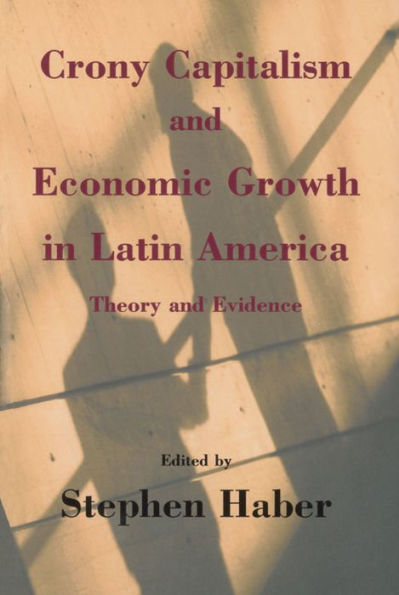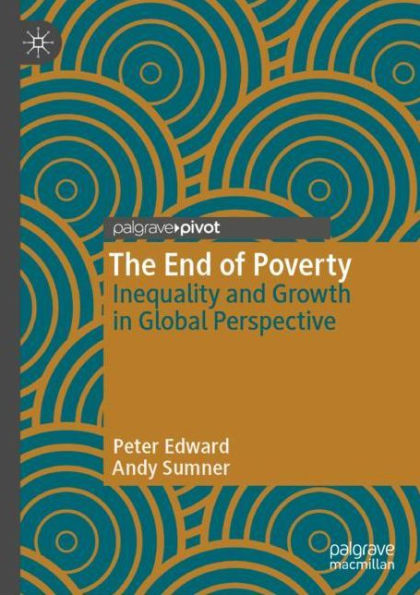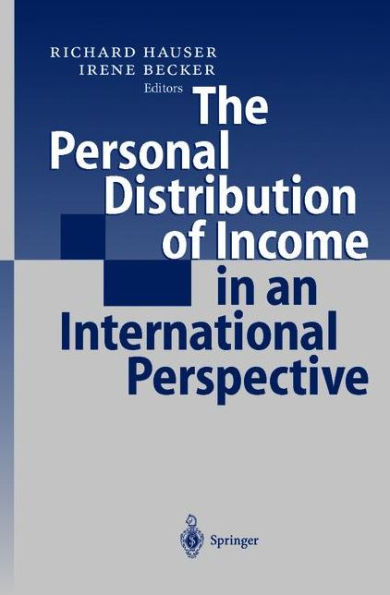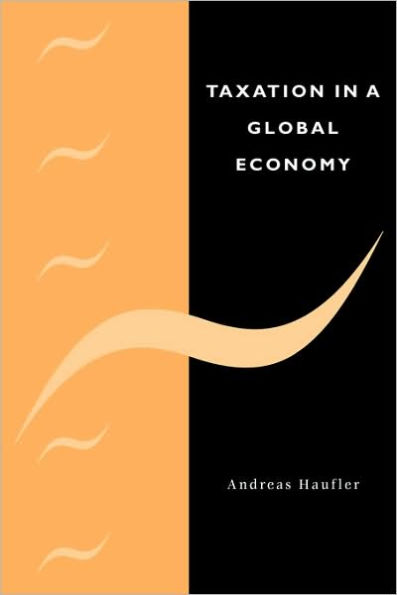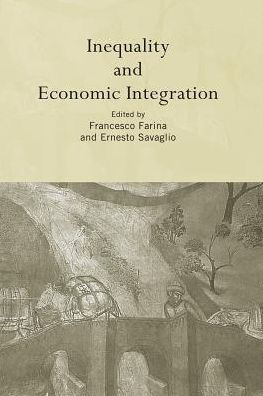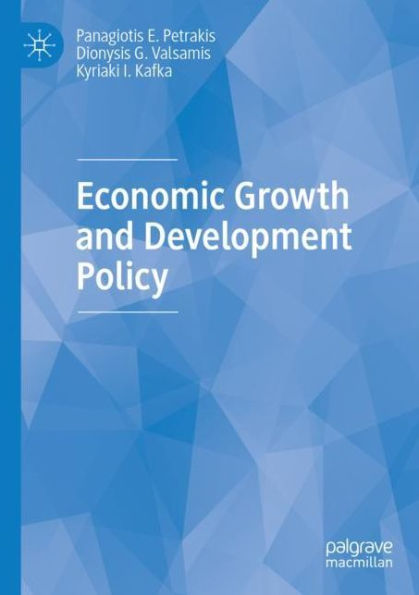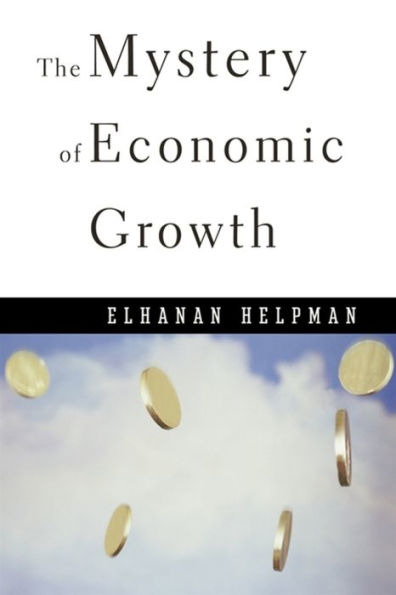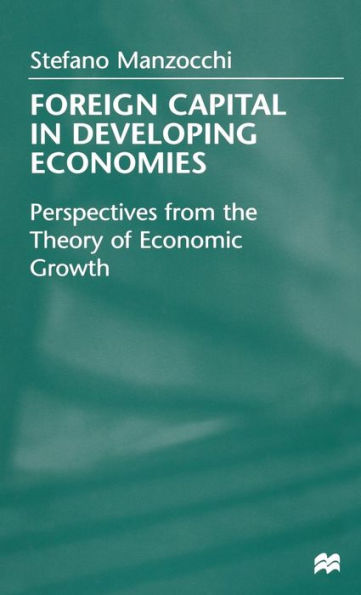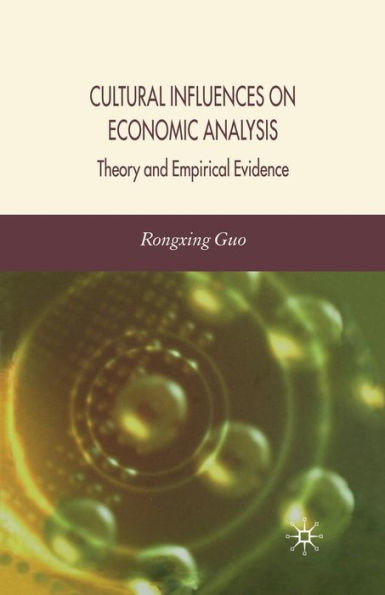Home
Economic Growth And Income Disparity Bric: Theory Empirical Evidence
Loading Inventory...
Barnes and Noble
Economic Growth And Income Disparity Bric: Theory Empirical Evidence
Current price: $88.00


Barnes and Noble
Economic Growth And Income Disparity Bric: Theory Empirical Evidence
Current price: $88.00
Loading Inventory...
Size: Hardcover
*Product Information may vary - to confirm product availability, pricing, and additional information please contact Barnes and Noble
The recent interest in the development processes of BRIC countries (Brazil, Russia, India and China) has been triggered by their high growth performance, but their political and social backgrounds are entirely different. This book traces the economic history of BRIC countries to understand their economic and social institutions. The only common theme in this growth story is the high levels of income disparities and poverty that are observed even during the high growth decades. In order to understand the interaction between economic growth, income inequality and poverty, the book develops a theoretical framework that incorporates a mechanism of uniform income transfers in a growth model, where economic growth is the result of accumulation. Income transfer mechanism operates in all countries in the form of a progressive taxation system, pension funds, government's anti-poverty programs, employment guarantee schemes, land reforms, etc. It is not necessarily true that such income transfers would invariably reduce growth rates. The relationship between economic growth and income inequality depends on certain initial conditions. For instance, if the initial distribution of income is fairly unequal, growth induces greater equality. On the other hand, at high levels of per capita incomes, growth may raise inequality if the initial level of inequality is not very high. This brings a new dimension in the “inverted-U hypothesis.” Based on econometric modeling of growth-inequality nexus, the book examines the patterns of growth and economic disparities in BRIC countries over long periods of time, including the recent high growth phase. Two inequality measures applied in this study are Gini Coefficient and Theil's entropy measures, depending on data availability. Attempts have been made to identify the sources of inequality and the role of initial conditions in determining the patterns of development. Each country's experience is unique, but the theoretical model goes a long way to explain their growth-inequality experience.
